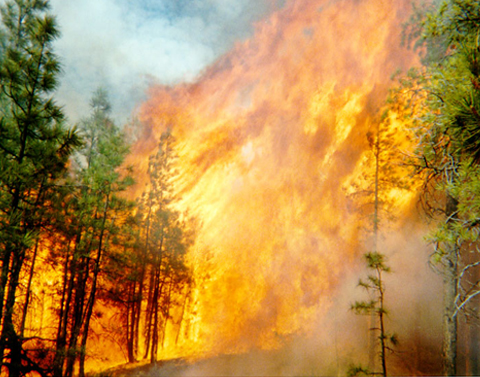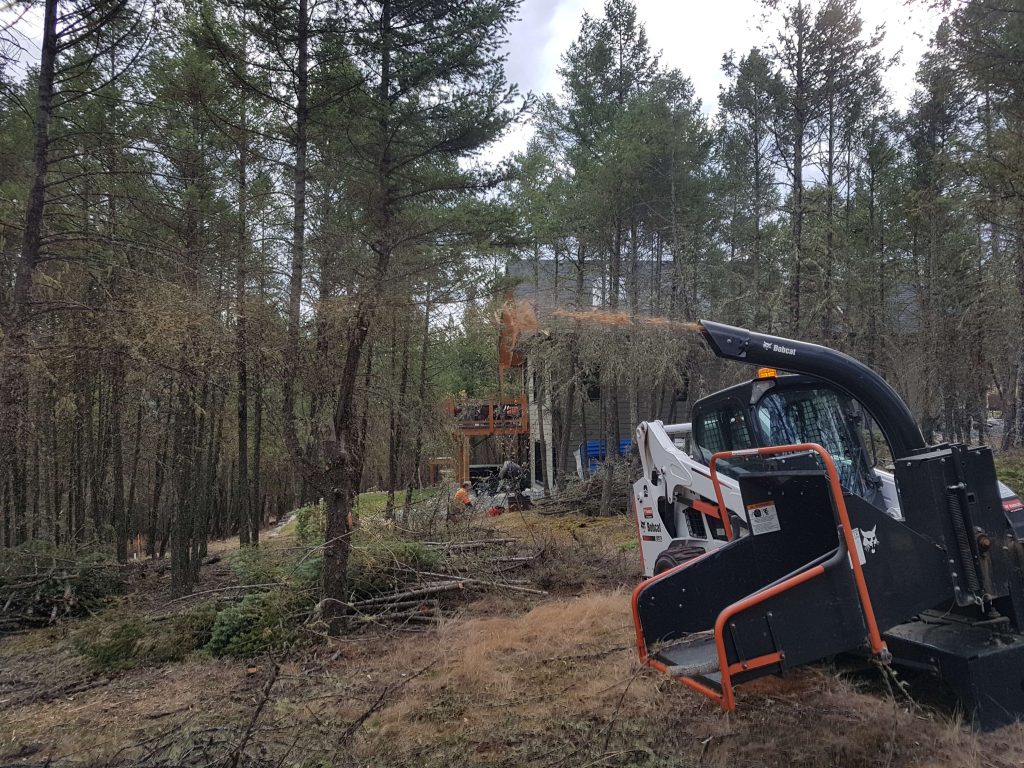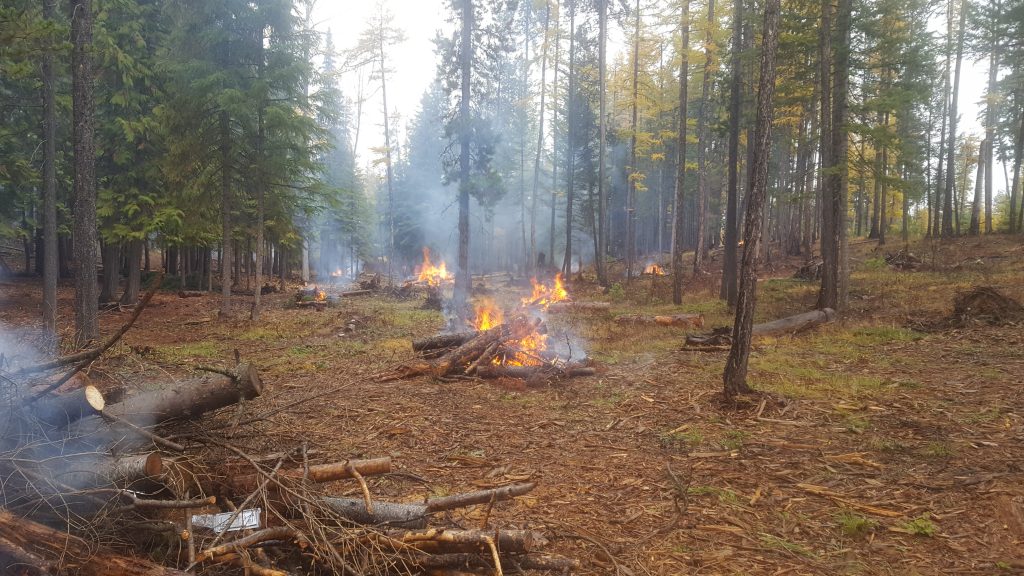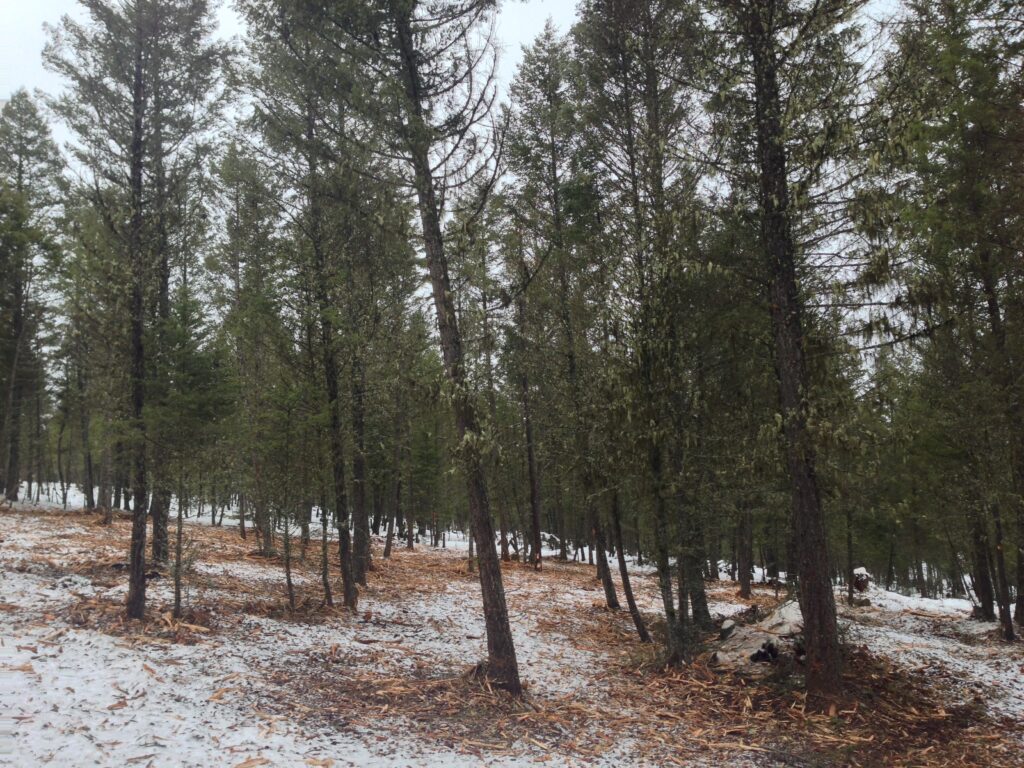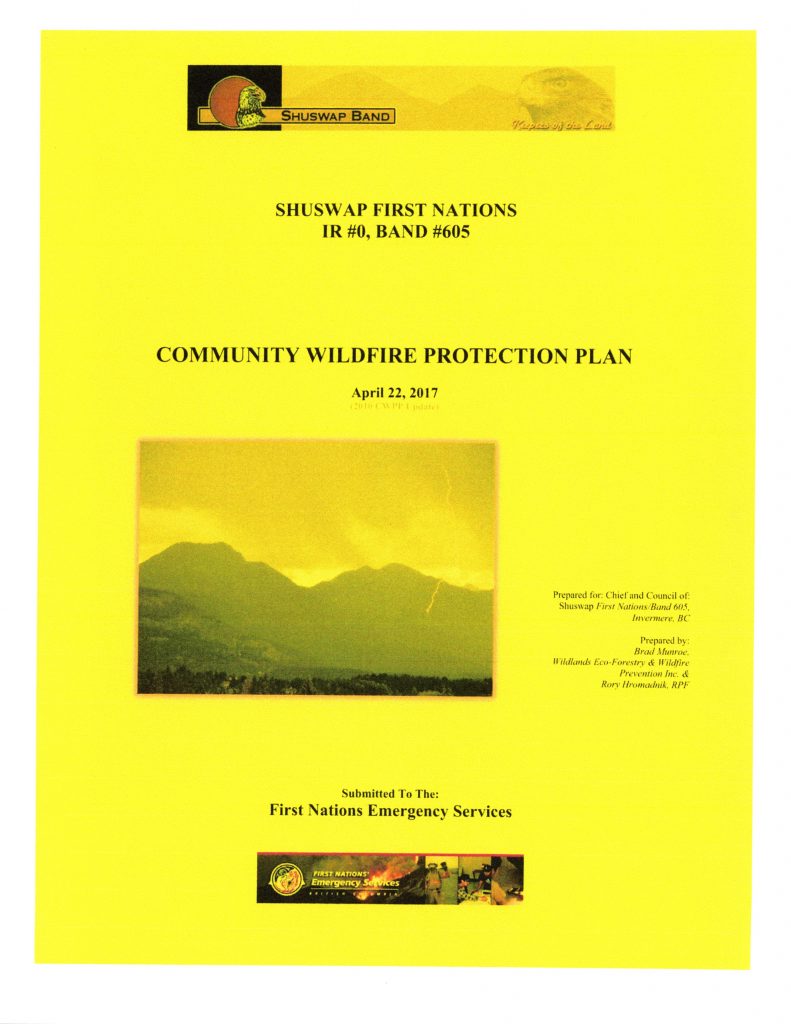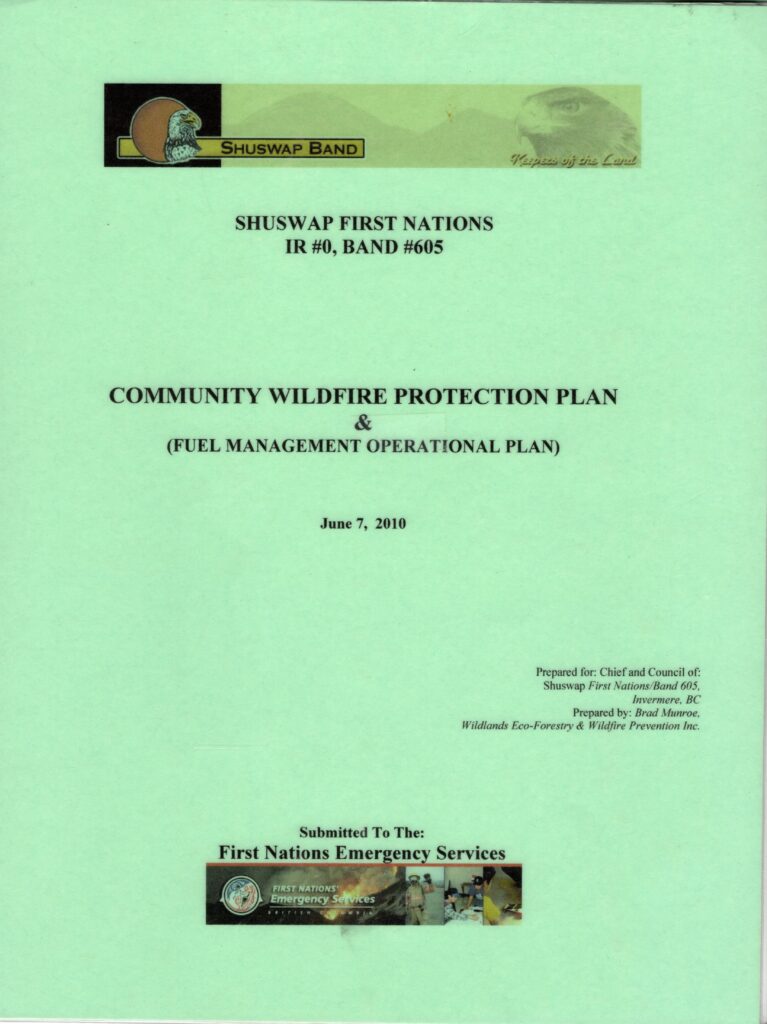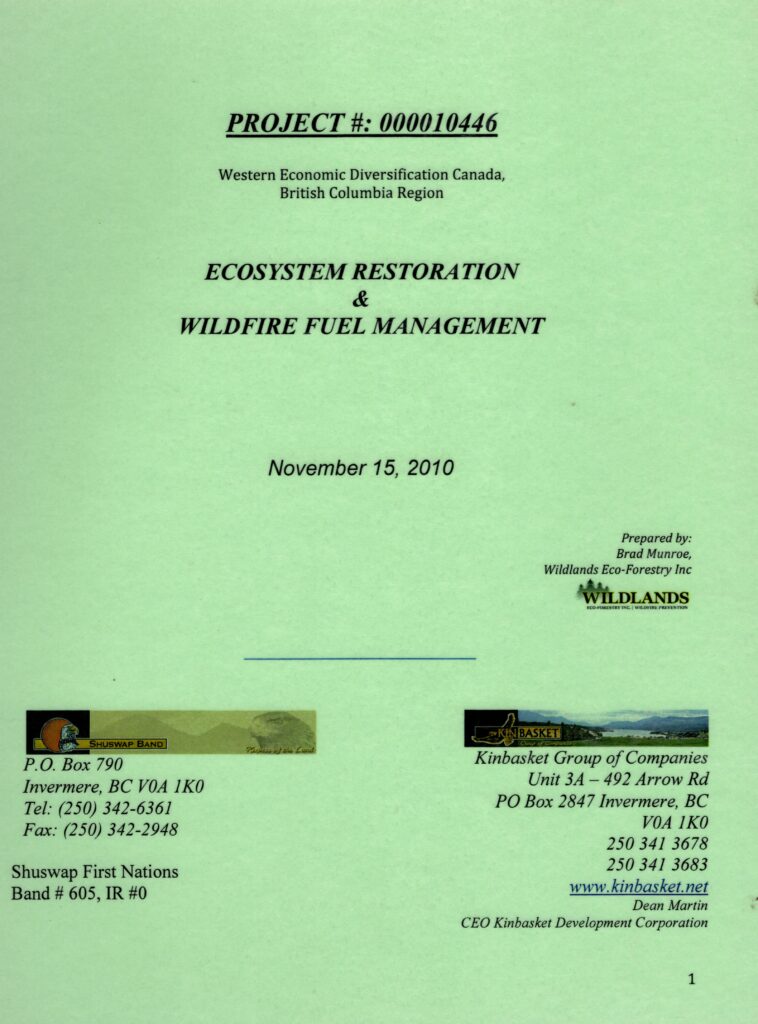Wildland Urban Interface
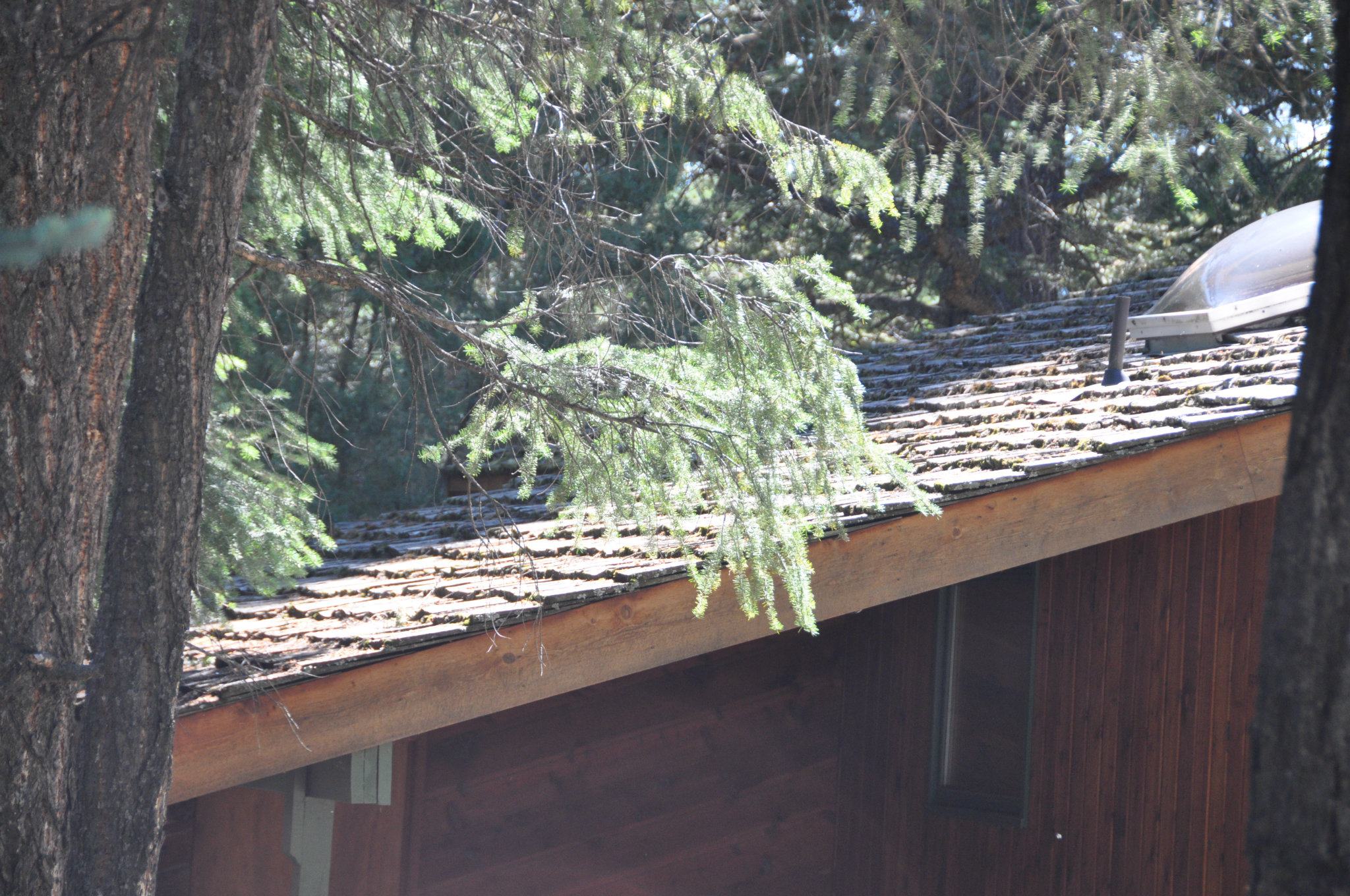
Forest Fuel Hazard Management
Wildland Urban Interface & WildFire Prevention
The wildland urban interface is typically described as the area where human development meets or intermingles with the natural environment. Over time, our communities and lifestyles increasingly extend further into forested areas and as such, we find interface communities all over Canada, in both remote rural locations and in urban centers.
An interface fire has the potential to burn both structures and wildland vegetation at the same time. Interface fire fuel management has become an area of significant importance.
Forest Fuel management, also known as Wildfire Hazard Reduction, involves the modification of the forest structure to reduce forest fuel accumulations. The goal of forest fuel management is to reduce fire intensities, reduce potential for crown fires, improve wildfire suppression success, improve firefighter safety and improve forest resilience to wildfires. The focus of fuel management is to remove and/or modify forest fuels to help protect structures and lives in the interface fire zones.
As a result of historical practices, our forests have denser canopies, increased ladder fuels in the form of low hanging limbs and mosses, and higher surface fuel loadings. These conditions adjacent to homes, communities, etc. may result in the potential for increased hazard to homes, communities and infrastructure in Wildland/urban areas.
FireSmart™ Canada is a national program that helps Canadians increase neighbourhood resilience to wildfire and minimize its negatives impacts. It was founded over 20 years ago to address common concerns about wildfire in the wildland urban interface.
With a changing climate, the threat of wildfire has increased significantly for everyone; include those living outside of the wildland urban interface.
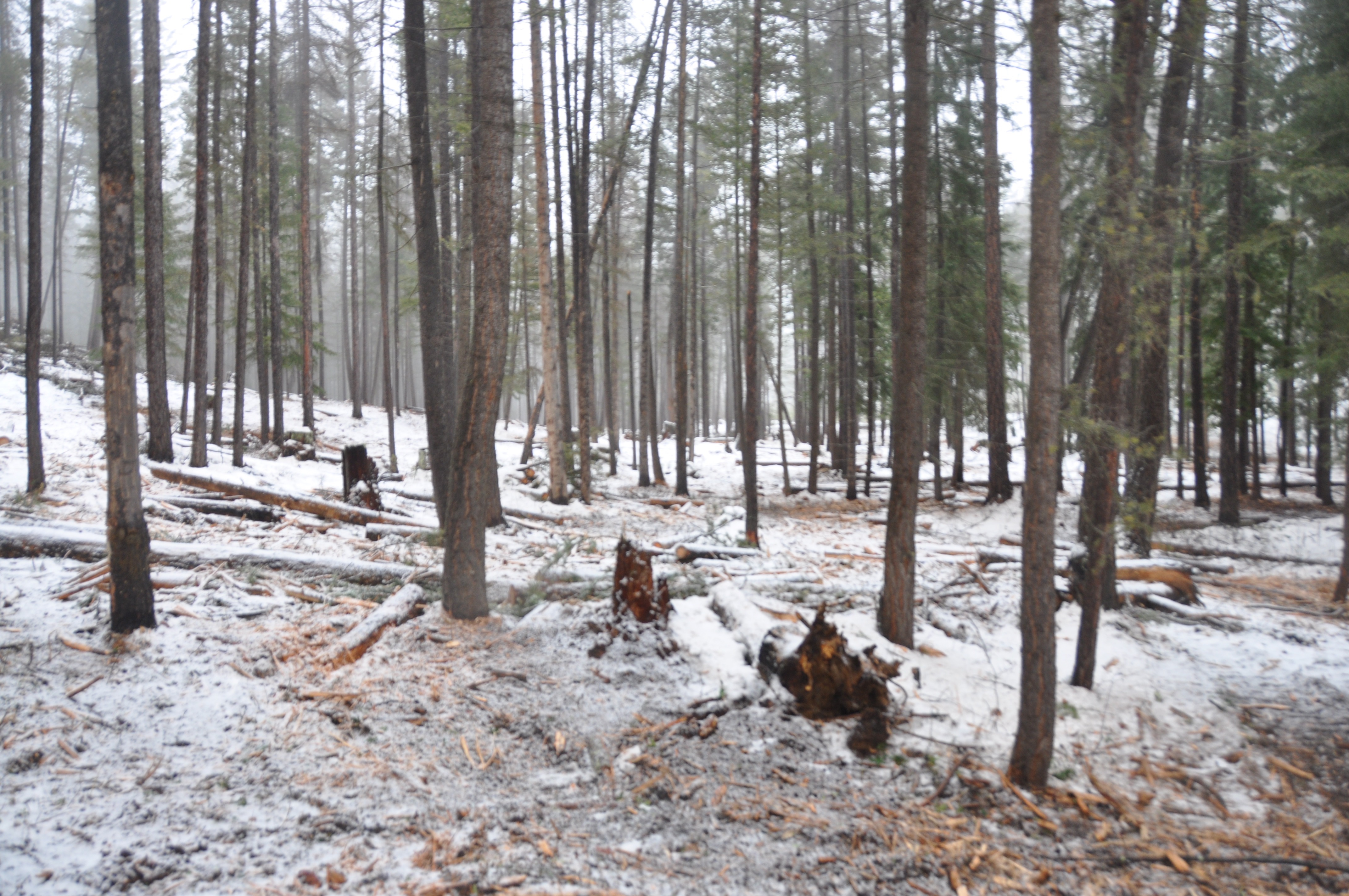
The FireSmart program helps reduce wildfire risks to homes, neighbourhoods, critical infrastructure, and vital natural resources. This is a shared responsibility between us all. Individuals, communities, governments, and private sector organizations all have a part to play. The FireSmart program is implemented through seven disciplines to help neighbourhoods address the threat of wildfire: education, emergency planning, vegetation management, legislation, development, interagency cooperation, and cross training.
Community Wildfire Protection Plan Program
The Community Wildfire Protection Program was created to assist communities in developing plans that will assist them in improving community safety and reduce the risk of property damage.
The program was developed in response to recommendations from the “Filmon” report “Firestorm 2003 Provincial Review”.
The Community Wildfire Protection Plan program has been exceptionally successful in pioneering the awareness, education, prioritization and mitigation of wildfire threat to communities.
A Community Wildfire Protection Plan is a plan developed by a community that:
- Defines risk areas within the community for interface fires
- Identifies measures necessary to mitigate those risks
- Outlines a plan of action to implement the measures
A CWPP generally has two major components:
- Reporting – that outlines the community, the goals of the plan, assessed risks, and the proposed plan to address the risks
- Maps – that outline the community, land ownership, and hazards.
This program continues to evolve and is currently managed as the Community Resiliency Investment (CRI) program, introduced by the provincial government in September 2018.
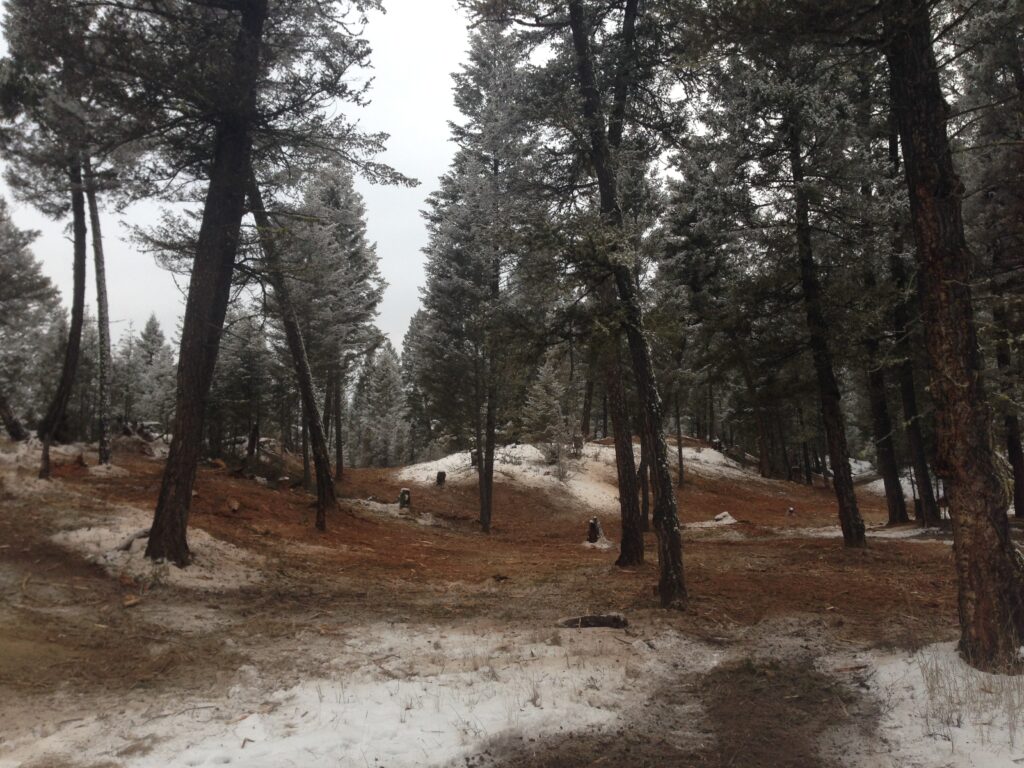
Community Resiliency Investment Program
The Community Resiliency Investment (CRI) program was introduced by the provincial government in September 2018. The BC Wildfire Service works closely with Indigenous and non-Indigenous communities, the forest industry, natural resource districts, BC Parks, Mountain Resorts Branch, and various other stakeholders to reduce wildfire risks and wildfire impacts in British Columbia. Communities are provided funding and support to complete FireSmart™ initiatives, including priority fuel management activities, on provincial Crown land and on private land.
FireSmart Based Activities Offered:
Home and Property Assessments and Treatment
Tree Assessment, Falling And Disposal
Shrub And Undergrowth Thinning, Pruning And Thinning
Debris Accumulation Removal
Hazard Recognition And Management Strategies
Landscaping Options With Fire Resistive Planting Alternatives

